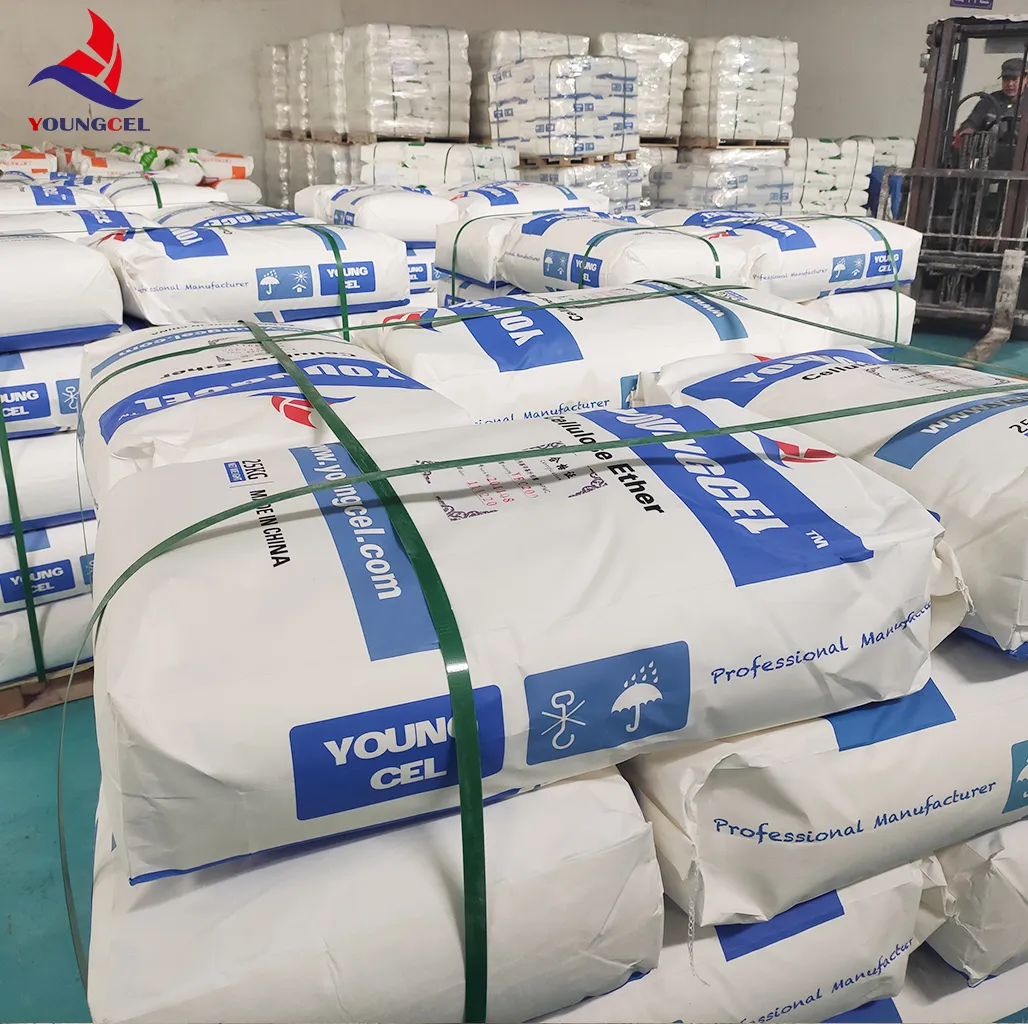Understanding HPMC (Hydroxypropyl Methylcellulose) A Versatile Polymer
Hydroxypropyl Methylcellulose (HPMC) is a semi-synthetic polymer derived from cellulose, which is a natural polymer abundant in plant cell walls. HPMC is widely utilized across various industries due to its unique properties, including its ability to form films, its compatibility with other substances, and its thickening and emulsifying capabilities. This article explores the composition, applications, and significance of HPMC in different fields.
Composition and Properties
HPMC is produced by chemically modifying cellulose through hydroxypropyl and methyl substitution. The degree of substitution and the molecular weight of HPMC can vary, which influences its solubility in water and overall performance. Generally, HPMC is available in a range of viscosity grades, making it suitable for specific applications, from thickeners in food products to film-forming agents in pharmaceuticals.
One of the key properties of HPMC is its ability to dissolve in hot or cold water. Upon dissolution, it forms a clear gelatinous solution that can be utilized in diverse formulations. This solubility also allows HPMC to be an excellent binding agent, providing stability and preventing ingredient separation in various products.
Applications in Different Industries
1. Pharmaceutical Industry HPMC is widely used in the pharmaceutical sector for its binding properties in tablet formulations. It allows for the controlled release of active ingredients, making it essential in sustained-release medications. Additionally, its ability to form hydrogels is utilized in producing ocular formulations and gels, enhancing the bioavailability of ocular drugs.
2. Food Industry In the food industry, HPMC acts as a thickening agent and stabilizer. It helps to improve texture, enhance moisture retention, and increase shelf life in products like sauces, dressings, and baked goods. Furthermore, its emulsifying properties enable better mixing of ingredients, particularly in low-fat and gluten-free foods, where it compensates for the lack of traditional binding agents.
hpmc selulosa

3. Cosmetic and Personal Care HPMC is also a popular ingredient in cosmetic formulations. It functions as a thickener and stabilizer in lotions, creams, and gels, ensuring a smooth consistency and enhancing the application experience. Moreover, HPMC is often used in hair care products and shampoos for its conditioning properties, providing a soft feel without the greasy residue.
4. Construction Industry HPMC serves as a crucial additive in the construction sector, particularly in formulations for cement and plaster. It improves workability and adhesion, allowing for better application and reduced water consumption. Additionally, HPMC enhances the open time of mortars, providing more time for adjustments during installation, which is vital for ensuring quality in construction projects.
5. Agricultural Applications In agriculture, HPMC is employed as a thickening agent in pesticides and herbicides. It improves the adherence of these products to plant surfaces, enhancing their effectiveness. Moreover, its biodegradable nature makes it an environmentally friendly option, aligning with the growing emphasis on sustainable agricultural practices.
Environmental and Safety Considerations
HPMC is generally recognized as safe (GRAS) by regulatory authorities when used in food applications. Its biocompatibility and biodegradability make HPMC an appealing choice for various applications, particularly as industries seek to reduce their environmental impact. Furthermore, HPMC does not contribute to allergenic responses in most individuals, making it a valuable ingredient in sensitive formulations.
Conclusion
In conclusion, Hydroxypropyl Methylcellulose (HPMC) is a versatile polymer that finds utility across numerous industries, including pharmaceuticals, food, cosmetics, construction, and agriculture. Its unique properties, such as solubility, emulsification, and film-forming capabilities, make it an essential ingredient in many formulations. As industries continue to evolve and emphasize sustainability, the significance of HPMC is likely to grow, showcasing its role as a reliable and effective polymer in modern applications. The understanding and application of HPMC reflect ongoing innovations in material science, highlighting the importance of natural and semi-synthetic materials in our daily lives.
-
Rdp Powder: Key Considerations for Wholesalers in the Building Materials IndustryNewsJul.08,2025
-
Key Considerations for Wholesalers: Navigating the World of Hpmc - Based ProductsNewsJul.08,2025
-
Hpmc Detergent: Key Considerations for WholesalersNewsJul.08,2025
-
Key Considerations for Wholesalers: China Hpmc For Tile Adhesive, Coating Additives, Concrete Additives, and MoreNewsJul.08,2025
-
Crucial Considerations for Wholesalers: Navigating the World of Construction MaterialsNewsJul.08,2025
-
Key Considerations for Wholesalers Sourcing Additive For Cement, Additive For Concrete, Additive For Putty from Additive Manufacturer Shijiazhuang Gaocheng District Yongfeng Cellulose Co., Ltd.NewsJul.08,2025




